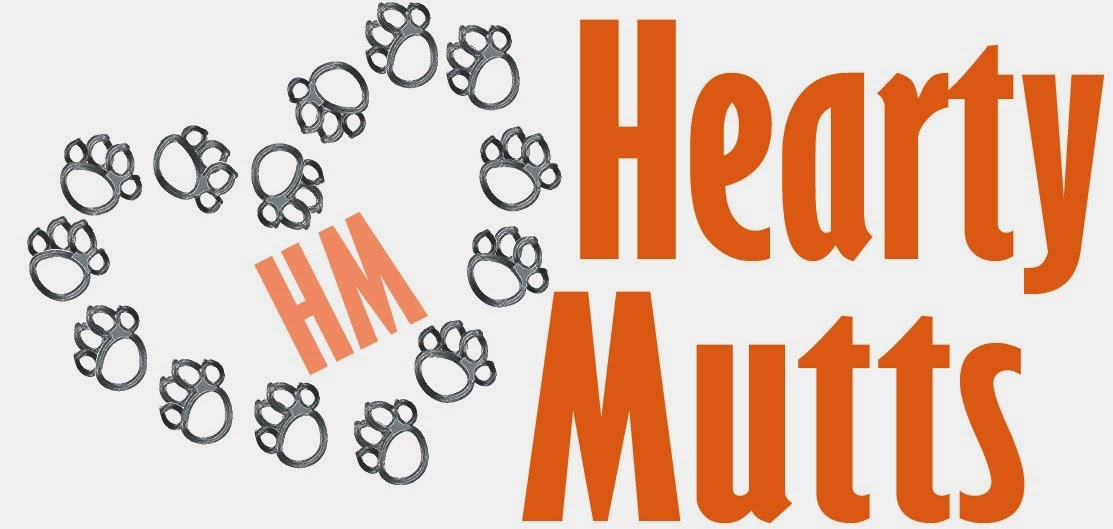Few Quick Facts
- A full pregnancy term is approximately 63 days (or roughly 9 weeks).
- There are three trimesters - 21 days for each trimester.
- Your mutt's nutritional and environmental needs will start to change.
During the first trimester, you most likely will not notice any major changes to your mutt's physicality and energy level. There may be some mild morning sickness or a slight attitude shift, but overall there is minimal fetal development during this time, so you can keep the food quantity and exercise level the same. Put a pause on flea or other insecticide treatments. If you are worried about worms for your dog, consult with your trusted vet to see what safe, mild dewormer you can use. As for other medications your dog might be on, again put it on hold and consult with your trusted vet before continuing the use of them.
Second Trimester
 As you move into the second trimester of the pregnancy, you can start to see some weight gain on
As you move into the second trimester of the pregnancy, you can start to see some weight gain on your dog as the fetuses start to grow. At this point, cut back on the exercise level (such as jumping, running, or limit working dogs) and increase the quantity of healthy foods. Find a quiet, stress-free area in your house for your mutt to rest. A well-balanced and healthy diet is essential to the development of the fetuses and their mom. Depending on your dog's situation, you can ask your vet about adding certain vitamins to your mutt's diet - DO NOT add these supplements without consulting with your vet first though. Make sure your pet always have fresh, clean (as in filtered) water. Also, keep her contact with other animals limited and don't make any major home environment changes (i.e. move furniture around, introducing new pets, or having lots of guests over). The key during this time is to give your mutt plenty of rest and nutrients, provide a stress-free place, and limit the chances of contracting diseases. Be sure to also take your mutt in for her regular check ups with the vet and go more often if necessary.
 Third Trimester
Third TrimesterEverything that we covered in the second trimester is even more crucial now in the last trimester. At this point you will noticeably see an enlarged belly area; your mutt will need more rest from pregnancy exhaustion; and she may be very moody due to the hormonal changes. One good tip is to take your dog in to the groomers for a maternity cut where they will clean and shave the belly area. If you don't, your mutt will most likely start to shed its belly hair anyway. It's a way for the body to prep for the actual birthing and nursing of the new born puppies. Now would be a good time to buy or build a whelping box where your mutt will give birth and place it in the same area as her resting place. It is important that you keep a close watch on your dog especially the last two weeks of the third trimester because she can give birth at any time. Some signs for going into labor are drop in body temperature, swollen vulva or discharge from vulva, abnormal behavior like excessive panting or digging, and lack of appetite. Also have your vehicle ready and know where the nearest 24-hour pet emergency is in case you have to take your mutt to the hospital for complications during labor.
Keeping your mutts happy, healthy, and hearty!
















